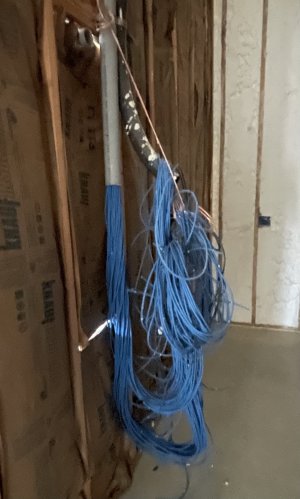Disregarding the material cost difference of the CAT 6 vs CAT 7. For 1000 feet rolls, the 7 is a bit more than twice the price of the 6. So disregard that specific issue (I’m not trivializing that issue though, it’s a known variable).
Is there any reason not to go with 7? New construction, labor is the real cost. Labor cost is same if it’s 6 or 7.
I can go with 8. That does bump up the price significantly. I am not doing fiber.
Is there any reason not to go with 7? New construction, labor is the real cost. Labor cost is same if it’s 6 or 7.
I can go with 8. That does bump up the price significantly. I am not doing fiber.
![[H]ard|Forum](/styles/hardforum/xenforo/logo_dark.png)
